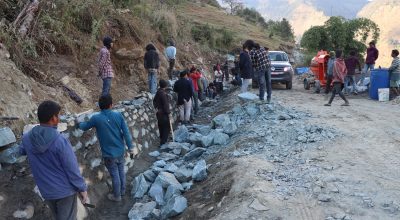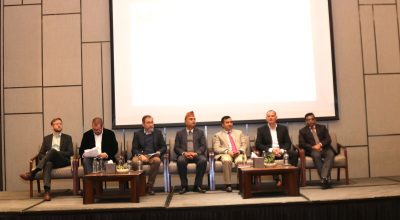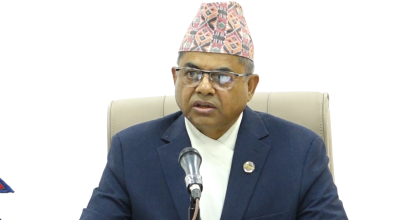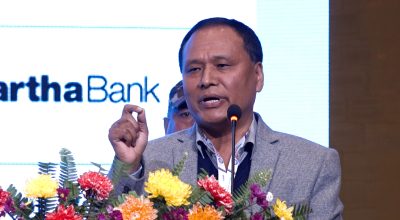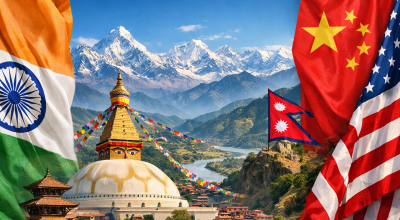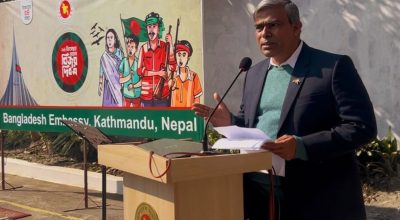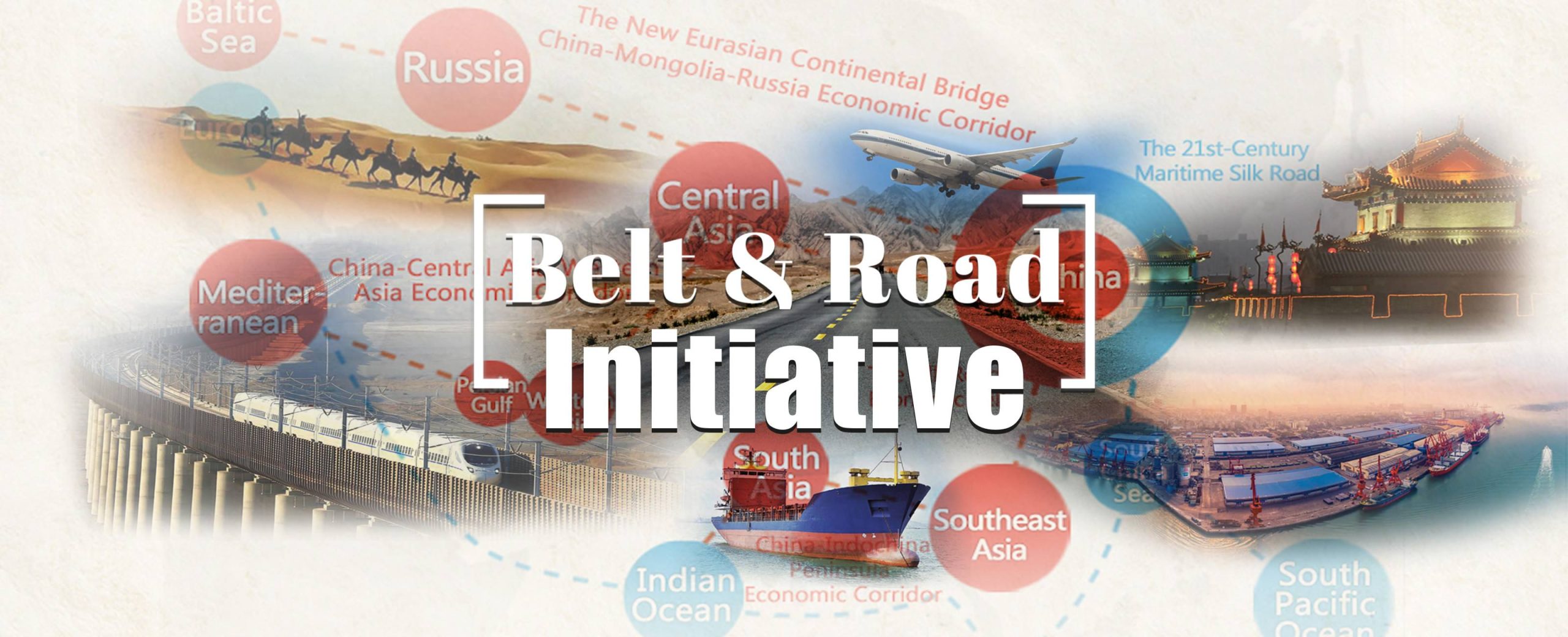
The Belt and Road Initiative (BRI) has had several positive impacts on the developing world, fostering economic development, connectivity, and cooperation among nations. Firstly, the BRI has significantly improved infrastructure in participating countries. For instance, in Pakistan, the China-Pakistan Economic Corridor (CPEC) under the BRI has led to the construction of new highways, railways, and ports, reducing transportation costs and boosting trade.
This infrastructure development has not only created jobs but also enhanced the overall economic competitiveness of the region. While a huge meeting of the Belt and Road International Forum is coming near, there has been a large scale of discussion and dialogue on this issue.
The BRI has promoted trade and investment opportunities for developing nations. By connecting Asia, Europe, and Africa through a network of land and sea routes, the initiative has facilitated easier access to global markets. For instance, the Piraeus Port in Greece, which was acquired and developed by China as part of the BRI, has become one of the largest container ports in Europe, attracting investments and increasing trade with Europe. This increased connectivity has opened up new avenues for exports from developing countries and reduced trade barriers.
International collaboration
The BRI has encouraged international cooperation and diplomatic ties. Through joint infrastructure projects and economic partnerships, participating countries have strengthened their relationships. For example, China’s collaboration with African nations on projects like the Addis Ababa-Djibouti Railway has not only improved transportation within the continent but also enhanced diplomatic ties. The BRI serves as a platform for countries to work together on common goals, fostering a spirit of cooperation that can lead to more stable and peaceful international relations in the developing world.
International collaboration has concentrated on finding new sources of economic growth since the 2008 financial crisis in order to jump-start the sluggish global economy into a new growth cycle. In this regard, Xi Jinping, the president of China, proposed in 2013 to construct the Belt and Road Initiative, also known as the BRI, and the 21st Century Maritime Silk Road.
This project intends to provide new prospects for shared wealth and common development through fostering the development of infrastructure, enhanced trade, stronger financial cooperation, and people-to-people ties, among other things. The Belt and Road cooperation has developed into a positive, comprehensive, and mainly well-received platform for international economic cooperation as a result of growing worldwide support.
Regional connectivity
A high-level and comprehensive multilateral platform for the Belt and Road cooperation is the Belt and Road Forum for International Cooperation (BRF). In order to promote practical cooperation among the participating nations and to generate synergy among national and regional development objectives, the first BRF was held in Beijing in May 2017.
The Silk Road Economic Belt and the 21st Century Maritime Silk Road are two initiatives included in the BRI. The Road examines connections by sea routes linking economies in Asia, Africa, America, and Europe while the Belt focuses on connectivity across the Eurasian continent.
On land, the BRI promotes the joint development of a New Eurasian Land Bridge and China-Mongolia-Russia, China-Central Asia-West Asia and China-Indochina Peninsula Economic Corridors by taking advantage of international transport routes, and supports the development of economic or industrial parks as cooperation platforms.
The BRI focuses on collaboratively constructing efficient, safe, and streamlined maritime lanes that connect important sea ports along the way. Both the Bangladesh-China-India-Myanmar Economic Corridor and the China-Pakistan Economic Corridor are strongly linked to the Belt and Road Initiative.
The Belt and Road Initiative (BRI) has the potential to bring significant positive impacts to the developing world. Here are three examples:
Improved infrastructure: The BRI aims to build infrastructure such as roads, railways, ports, and power plants in participating countries. This can help to improve connectivity and reduce transportation costs, making it easier for businesses to trade and for people to access education and healthcare. For example, the BRI-funded Mombasa-Nairobi Standard Gauge Railway in Kenya has reduced travel time between the two cities from 12 hours to 4 hours, making it easier for people to commute and for businesses to transport goods.
Increased investment
The BRI can attract foreign investment to participating countries, which can help to boost economic growth and create jobs. For example, the BRI-funded Hambantota Port in Sri Lanka has attracted investment from Chinese companies, which has helped to create jobs and boost the local economy. In addition, the BRI can help to diversify the economies of participating countries by promoting investment in sectors such as tourism, agriculture, and manufacturing.
Enhanced regional cooperation
The BRI can promote regional cooperation and integration by bringing together countries with different levels of development and different economic systems. For example, the BRI-funded China-Pakistan Economic Corridor has helped to deepen economic ties between China and Pakistan, and has the potential to promote regional stability and security. In addition, the BRI can help to promote cultural exchange and people-to-people ties between participating countries, which can help to build trust and understanding.
The BRI has been instrumental in supporting economic and scientific progress on a global scale. One of the key ways it has achieved this is through promoting international research and development collaborations. For instance, the Digital Silk Road, a component of the BRI, has facilitated cooperation in cutting-edge technologies like 5G, artificial intelligence (AI), and cybersecurity. Chinese tech companies have invested in building digital infrastructure in BRI countries, fostering innovation and scientific advancements. This has not only benefited participating nations but has also contributed to the global advancement of technology.
Moreover, the BRI has played a vital role in boosting trade and economic growth. By improving transportation infrastructure and reducing trade barriers, the initiative has led to increased economic activity in many regions. For instance, the China-Europe rail routes established under the BRI have significantly reduced the time it takes to transport goods between Asia and Europe. This has opened up new opportunities for businesses, lowered logistics costs, and stimulated economic progress in various countries along the route. The enhanced trade and economic growth resulting from the BRI have not only lifted millions of people out of poverty but have also contributed to the global.
Global consensus
Achieving a global consensus to ensure the success of the Belt and Road Initiative (BRI) is crucial for fostering common prosperity and sustainable development. To attain this consensus, nations must work together to align their interests and address concerns. For instance, by engaging in open dialogues and negotiations, participating countries can establish guidelines and principles to ensure that BRI projects are economically viable, environmentally sustainable, and socially responsible. This would help build trust among nations and reassure skeptics about the initiative’s intentions.
Additionally, transparency and accountability are key factors in gaining global consensus. China, as the leading proponent of the BRI, can play a pivotal role by ensuring that project contracts and agreements are open for public scrutiny and adhere to international standards. This can be exemplified through projects like the China-Pakistan Economic Corridor (CPEC), where China has taken steps to make project details more transparent and involve local stakeholders in decision-making processes. By doing so, the BRI can garner more support from the international community and strengthen its position as a mechanism for common prosperity and global economic cooperation. Ultimately, a unified and transparent approach will help address concerns, mitigate risks, and ensure that the BRI continues to contribute positively to the global economy.






